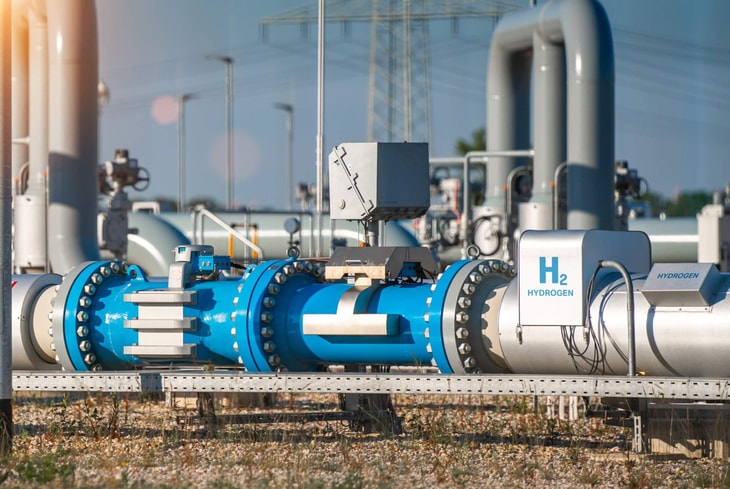Industrial demand and not transport will vastly dominate hydrogen demand in the coming decades, according to a new report.
Turning Hydrogen Demand Into Reality: Which Sectors Come First?, from the International Chamber of Shipping, finds demand for hydrogen growing in multiple sectors, although the rate and timeline of uptake varies between sectors due to infrastructure and regulatory challenges and is likely to take place in stages.
“Current hydrogen scenarios for the coming decades depict the main use cases for hydrogen (and its derivatives) in the early stages being in energy-intensive industry (chemicals, fertiliser, steel and cement), followed by the transport sector (road, aviation) and finally the buildings sector,” it states.
“Hydrogen demand could double by 2040, with most of the additional demand coming from industrial sectors – as it is easier to uptake – acting as a baseload, the rest coming from new industrial uses and a small share of the total (less than 5%) from transport sectors.”
... to continue reading you must be subscribed







